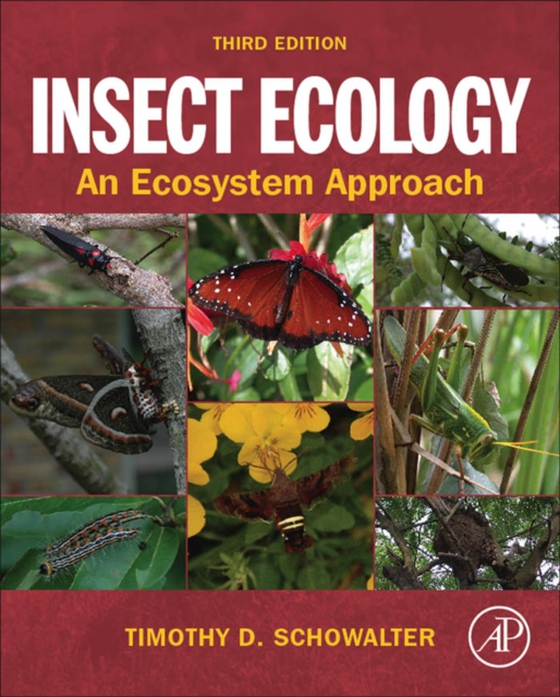
Insect Ecology e-bog
31,25 DKK
(ekskl. moms 25,00 DKK)
The third edition of Insect Ecology: An Ecosystem Approach provides a modern perspective of insect ecology that integrates two approaches traditionally used to study insect ecology: evolutionary and ecosystem. This integration substantially broadens the scope of insect ecology and contributes to prediction and resolution of the effects of current environmental changes, as these affect and are a...
E-bog
31,25 DKK
Forlag
Academic Press
Udgivet
10 april 2006
Længde
650 sider
Genrer
Ecological science, the Biosphere
Sprog
English
Format
epub
Beskyttelse
LCP
ISBN
9780123813527
The third edition of Insect Ecology: An Ecosystem Approach provides a modern perspective of insect ecology that integrates two approaches traditionally used to study insect ecology: evolutionary and ecosystem. This integration substantially broadens the scope of insect ecology and contributes to prediction and resolution of the effects of current environmental changes, as these affect and are affected by insects. The third edition includes an updated and expanded synthesis of feedback and interactions between insects and their environment. This updated material and a new chapter on applications of insect ecology to social and environmental issues effectively demonstrates how evolutionary and ecosystem approaches complement each other, with the intent of stimulating further integration of these approaches in experiments that address insect roles in ecosystems. Effective management of ecosystem resources depends on evaluation of the complex, often complementary, effects of insects on ecosystem conditions, as well as insect responses to changing conditions. Timely revision of a key reference on insect ecology Full coverage of ecosystem structure and function balanced with essential background on evolutionary aspects New chapter on applications to issues such as pest management, ecosystem restoration, invasive species and environmental changes Case studies highlight practical and theoretical applications for topics covered in each chapter
 Dansk
Dansk

